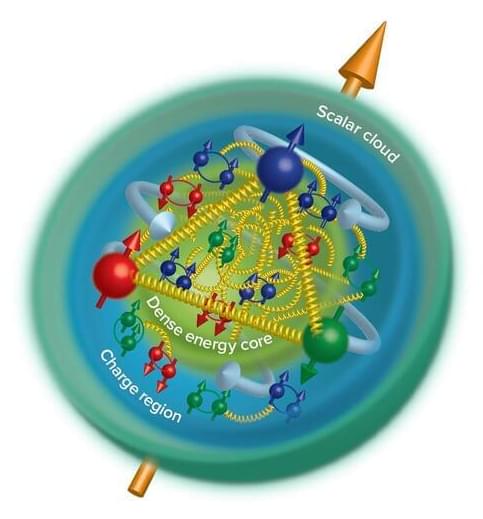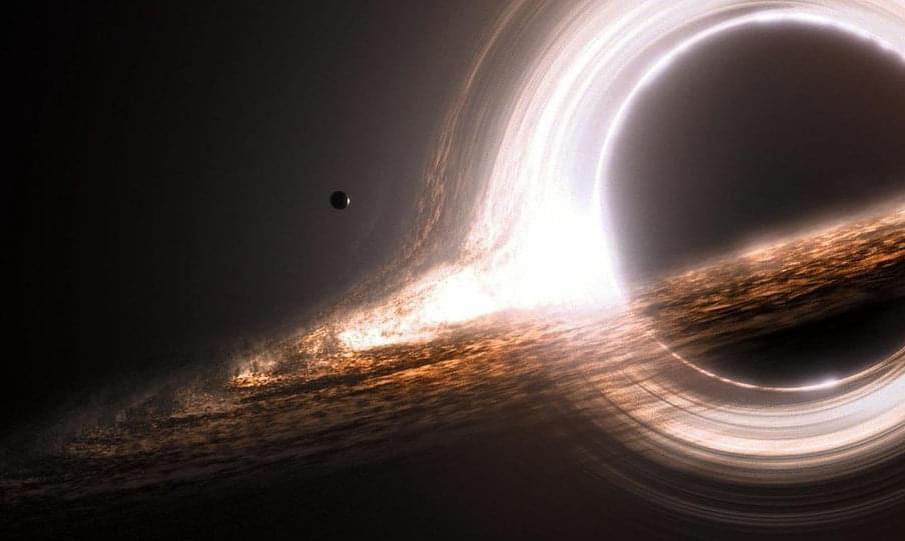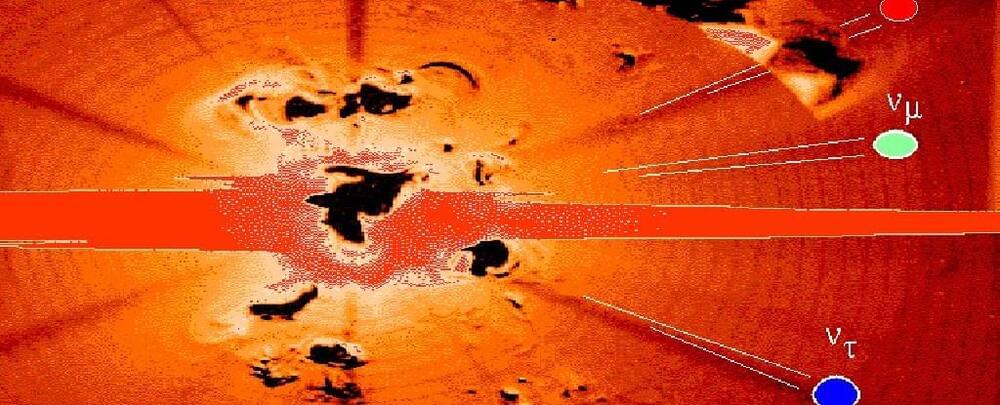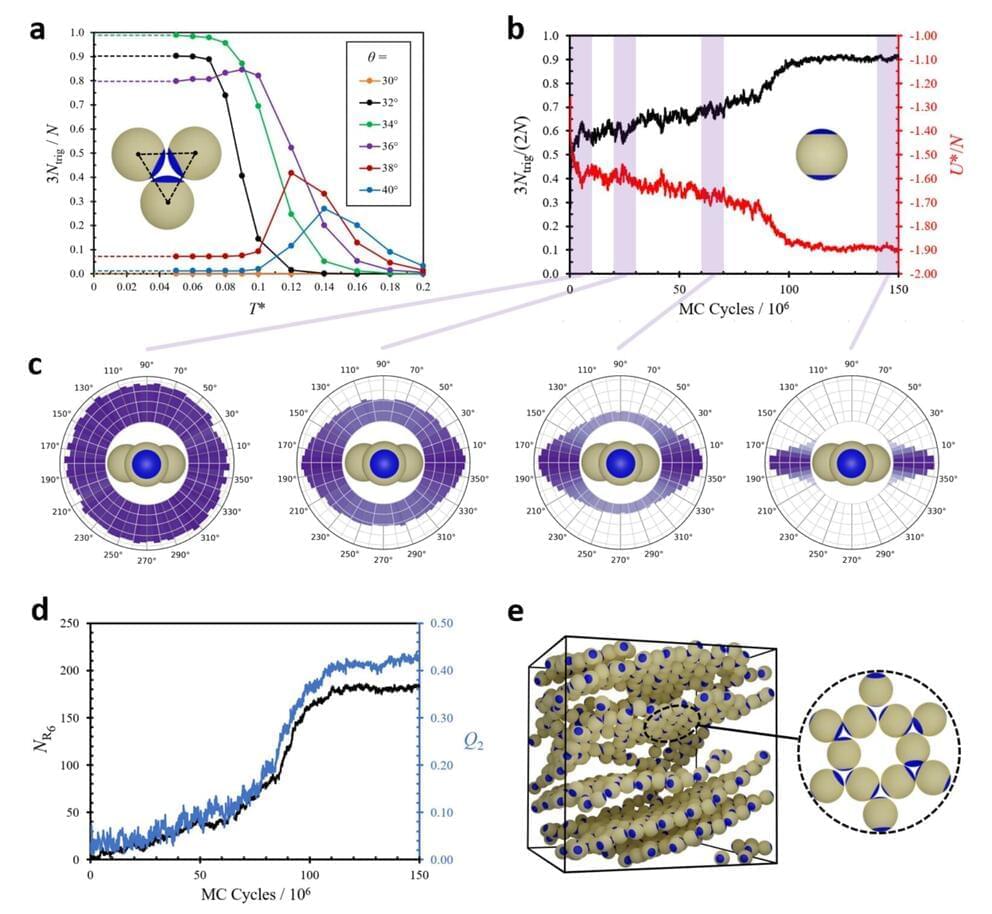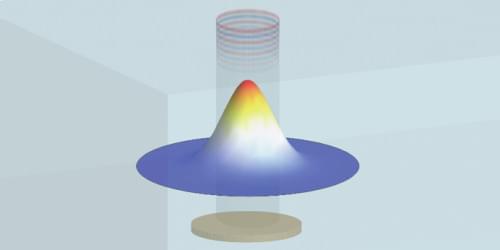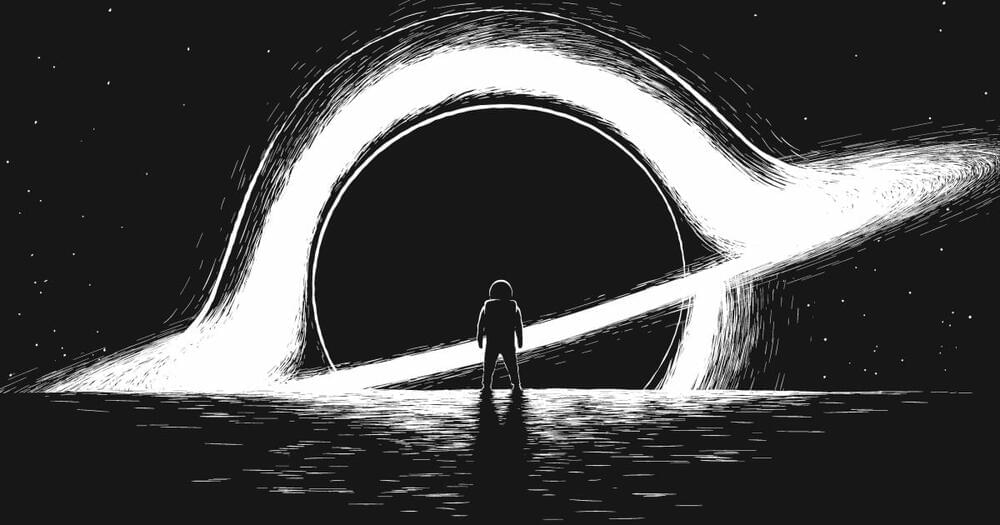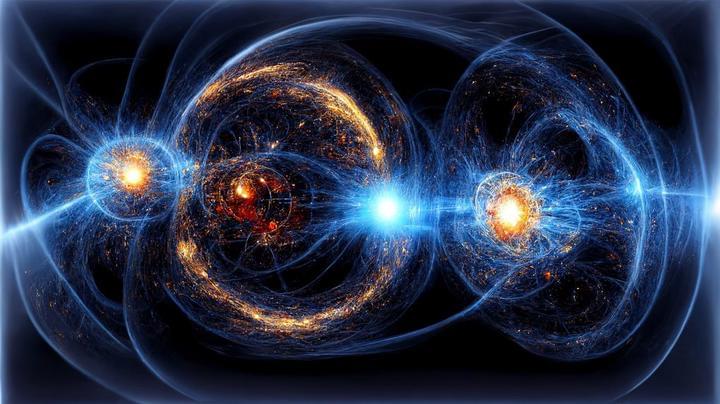Apr 1, 2023
Is Our Universe a Hologram? Physicists Debate Famous Idea on Its 25th Anniversary
Posted by Quinn Sena in categories: cosmology, holograms, particle physics, quantum physics
face_with_colon_three year 2022.
AdS/CFT Proves Its Usefulness
One of the first uses of AdS/CFT had to do with understanding black holes. Theoreticians had long been grappling with a paradox thrown up by these enigmatic cosmic objects. In the 1970s Stephen Hawking showed that black holes emit thermal radiation, in the form of particles, because of quantum mechanical effects near the event horizon. In the absence of infalling matter, this “Hawking” radiation would cause a black hole to eventually evaporate. This idea posed a problem. What happens to the information contained in the matter that formed the black hole? Is the information lost forever? Such a loss would go against the laws of quantum mechanics, which say that information cannot be destroyed.


